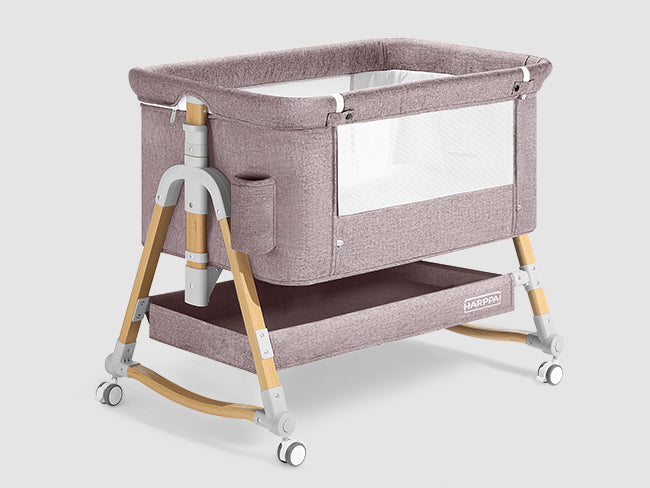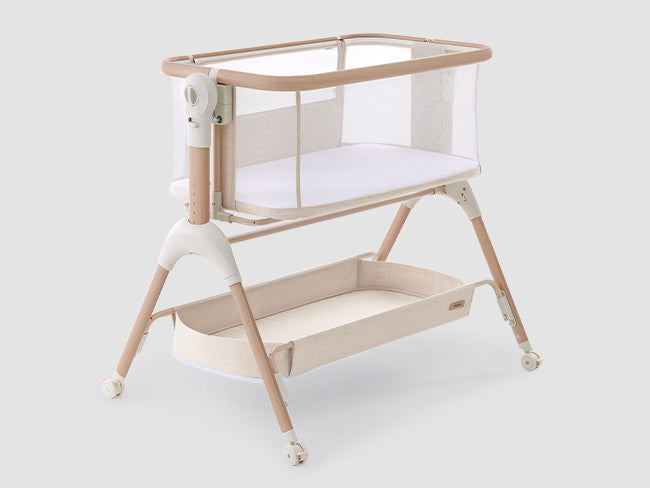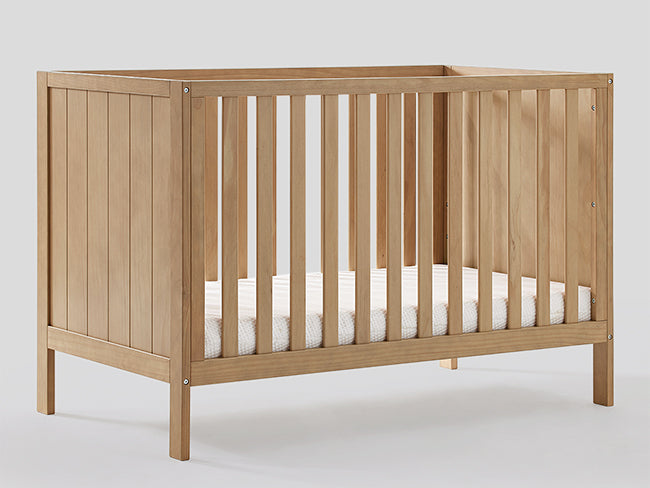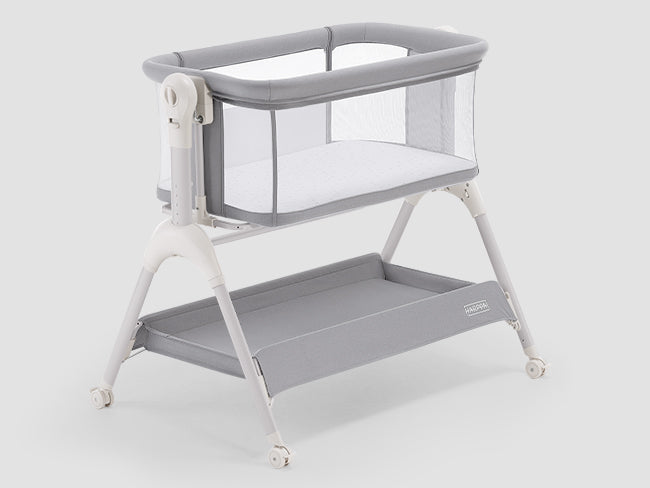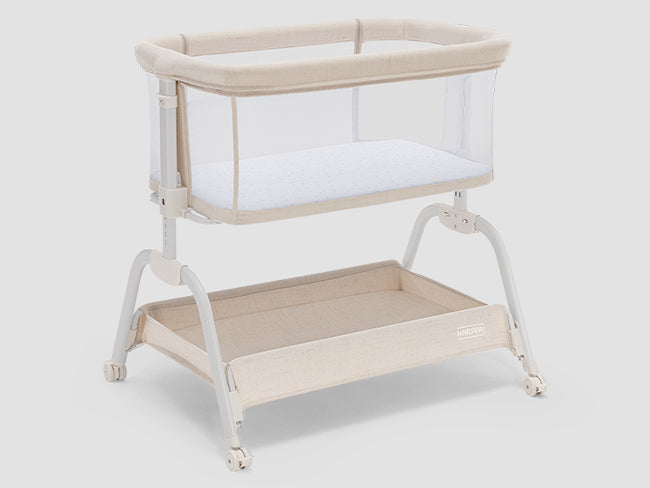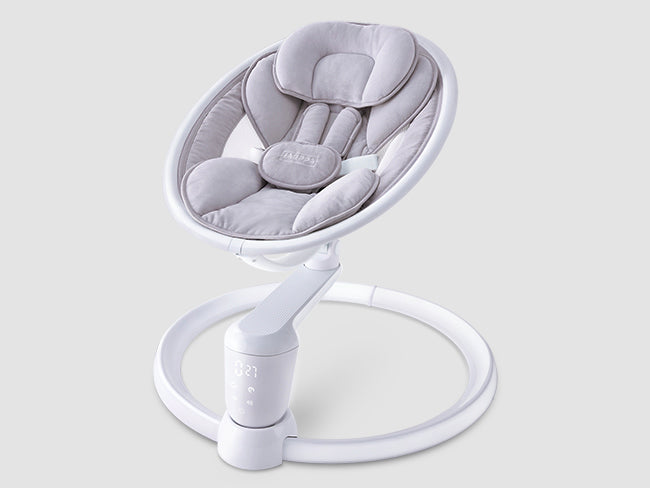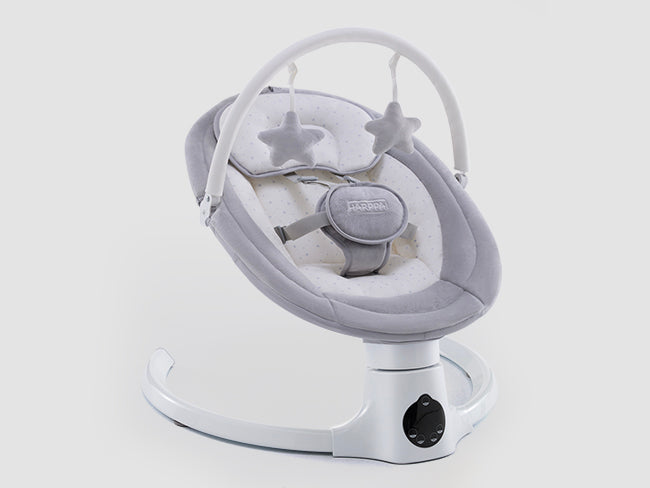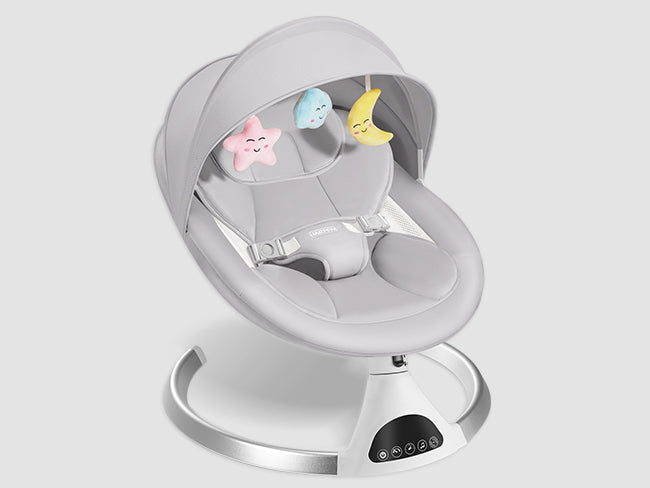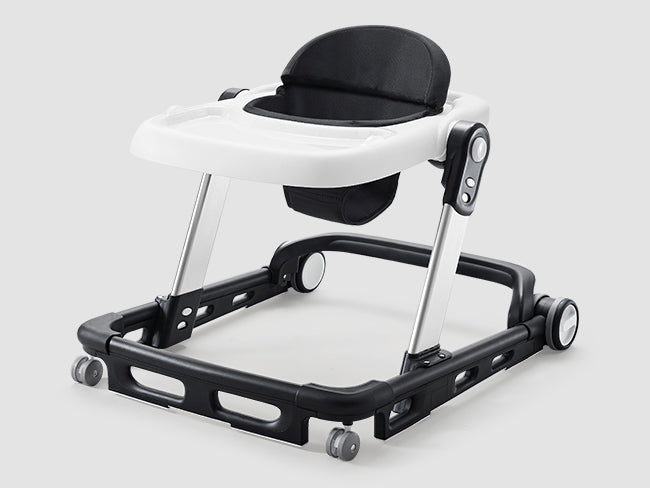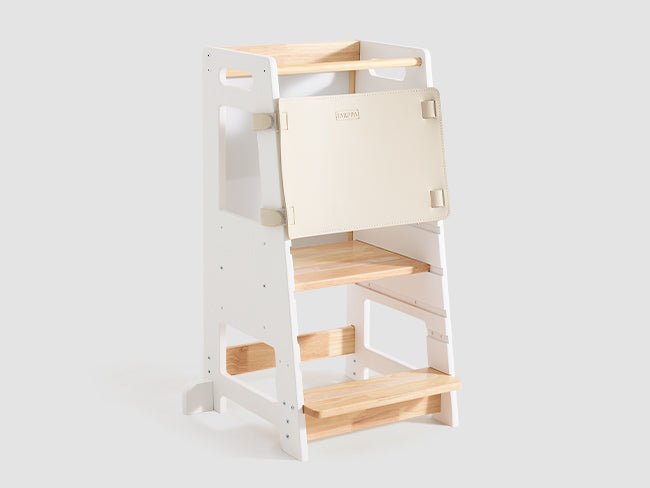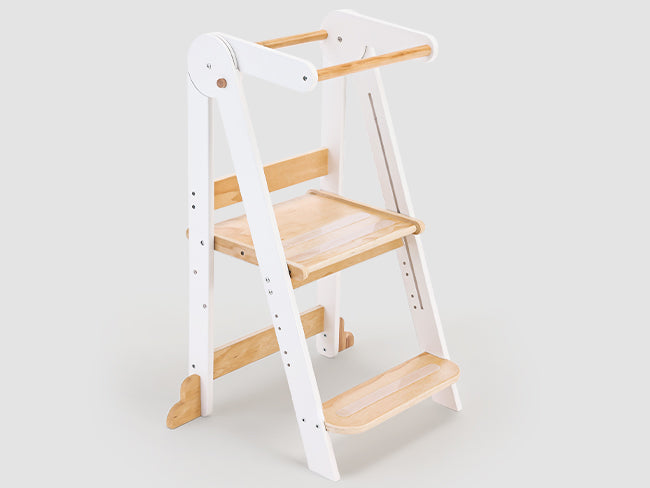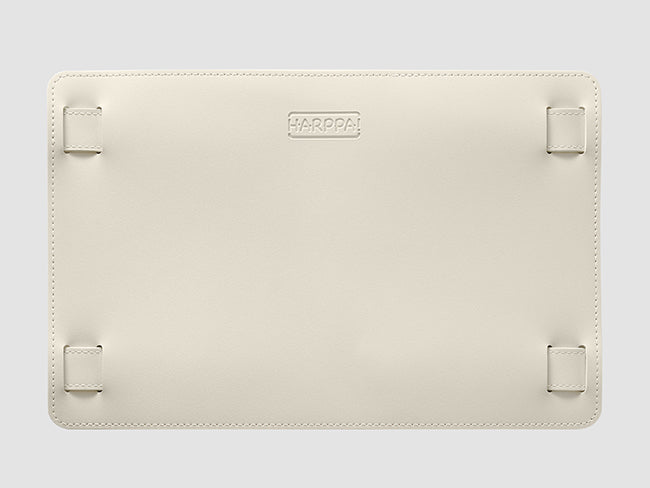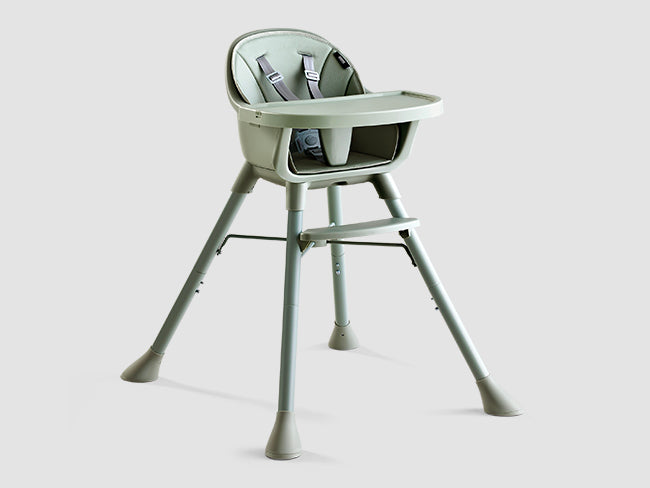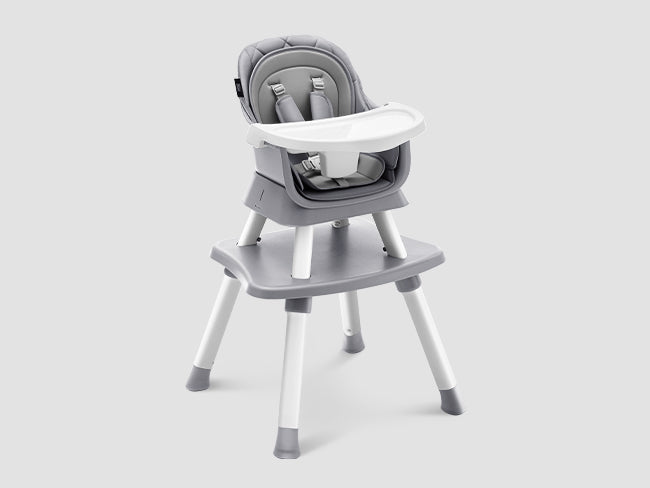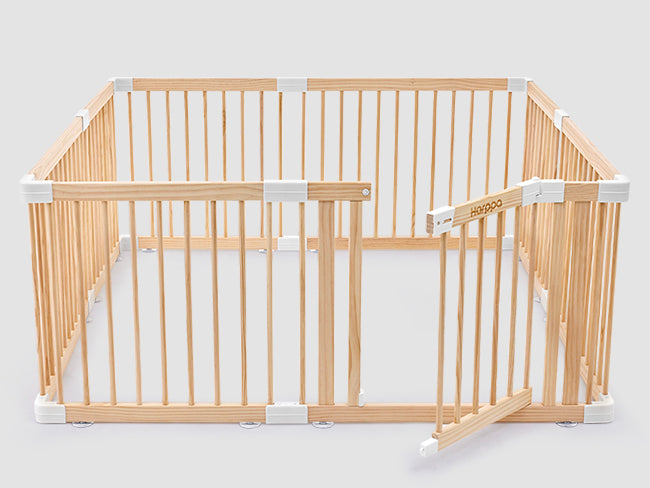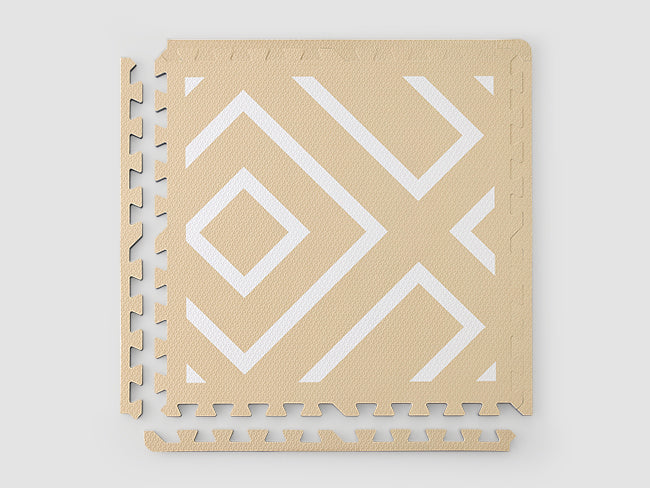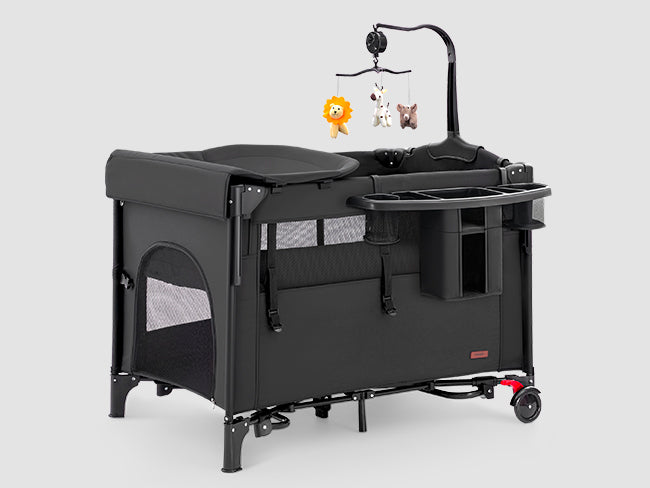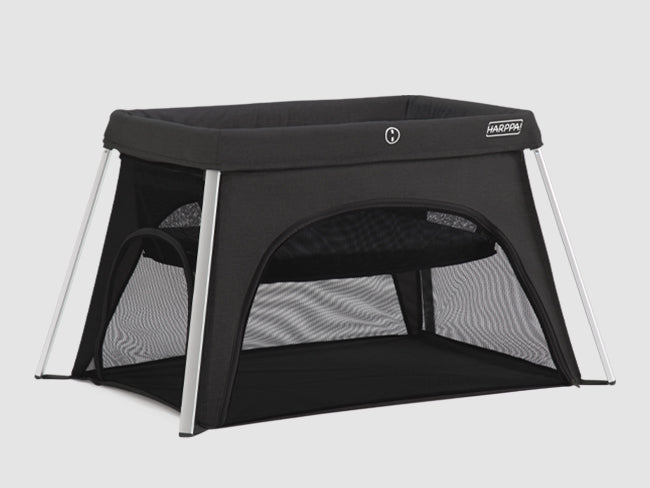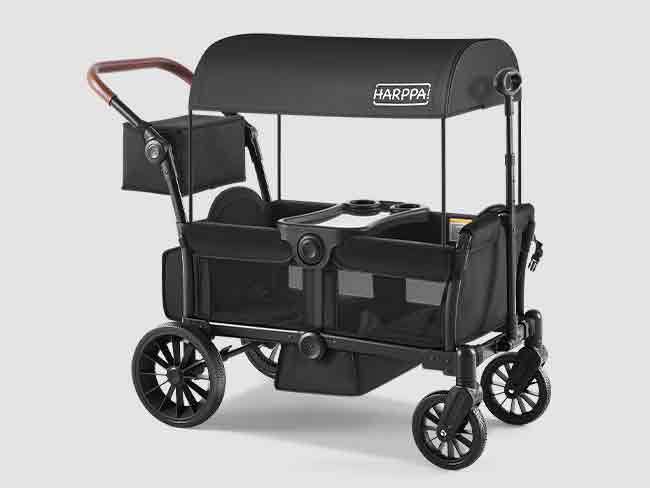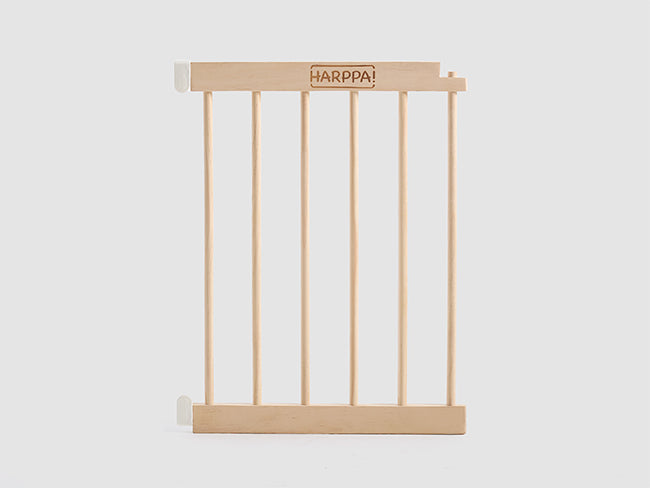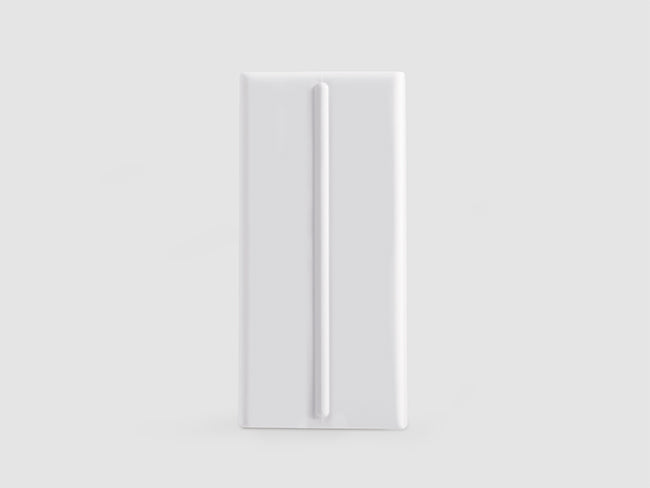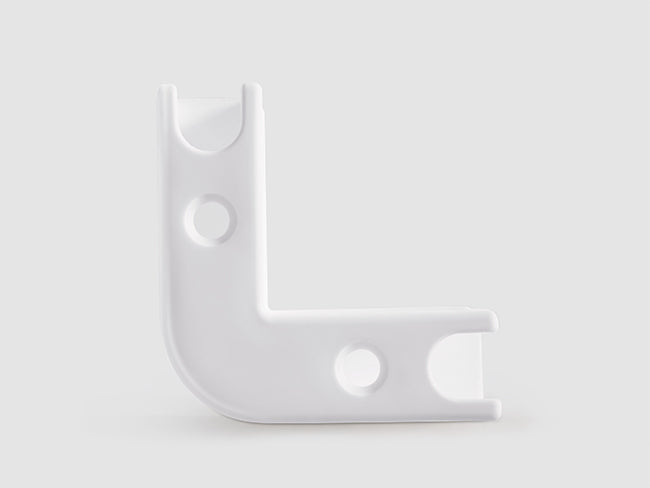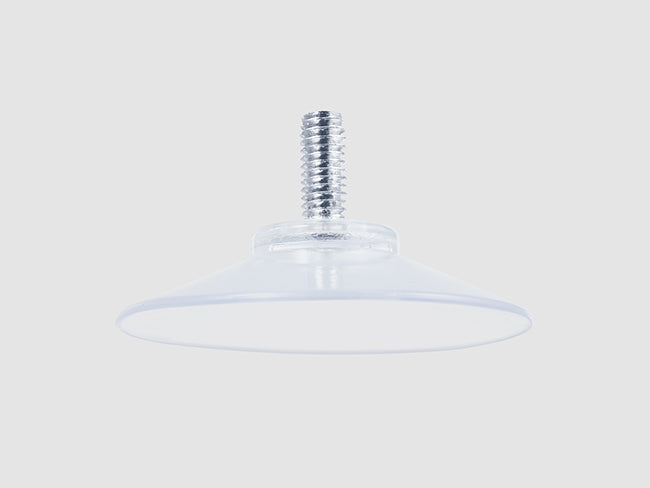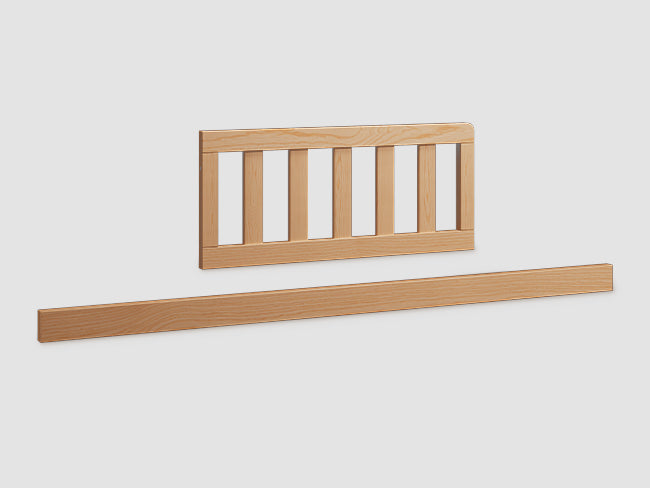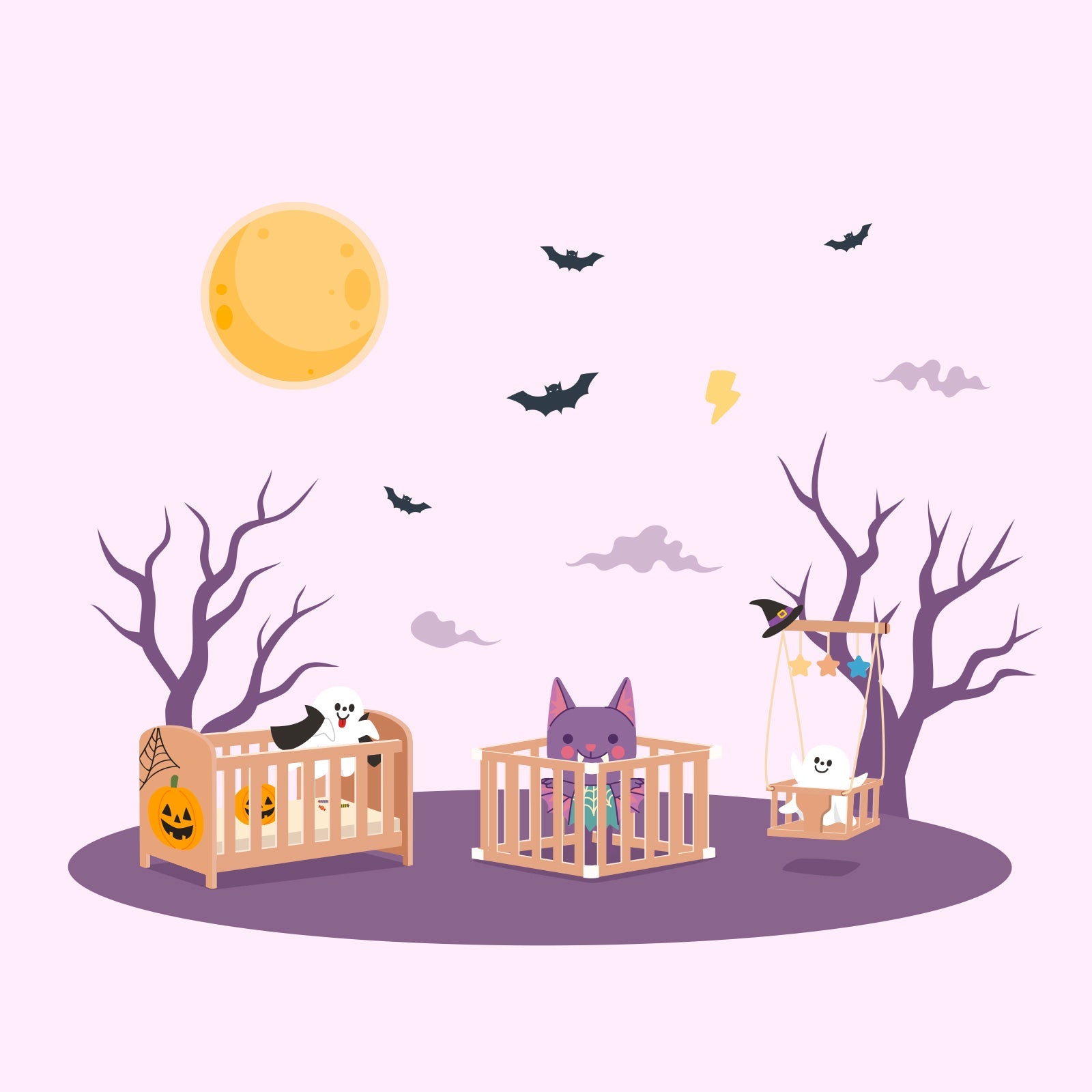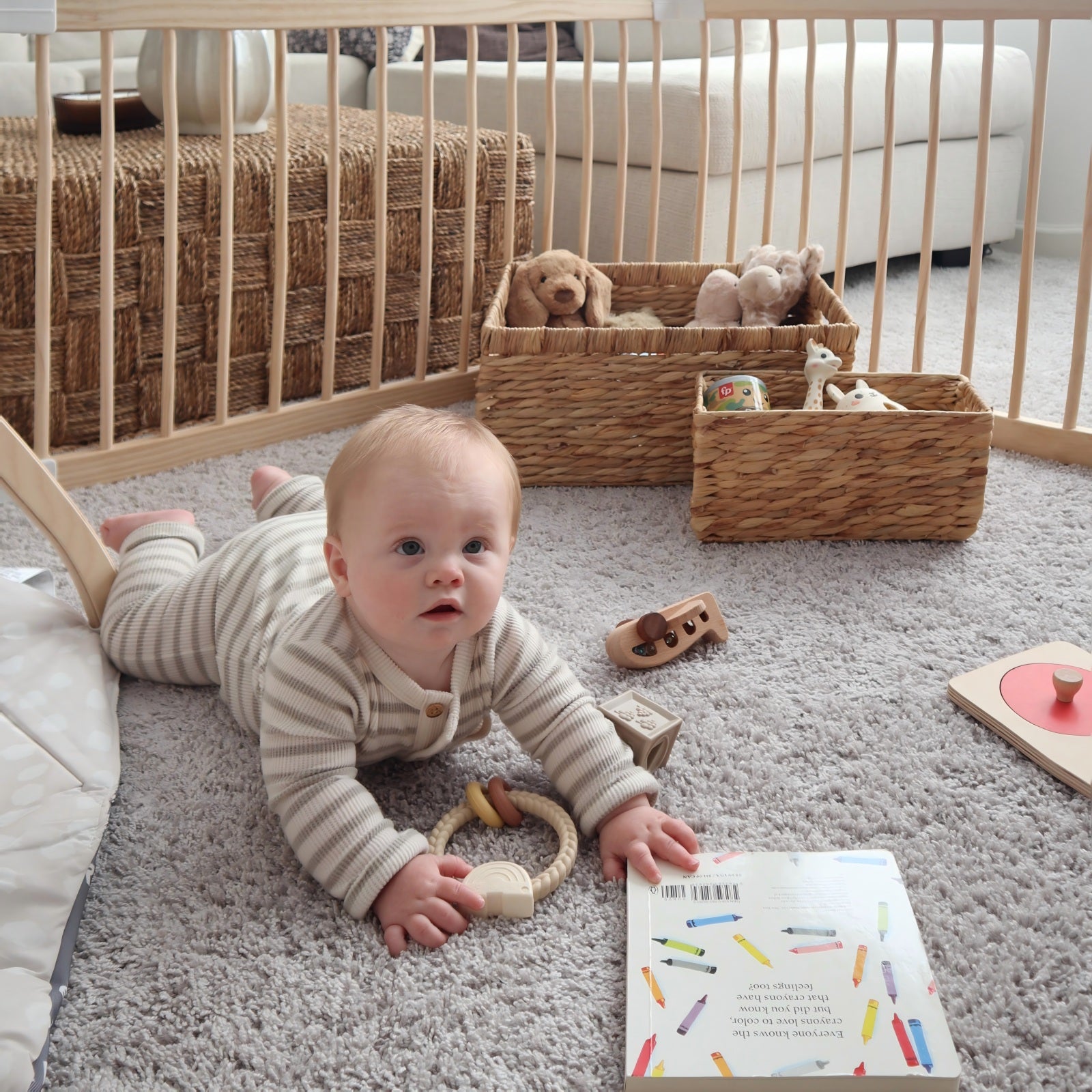A baby’s bedroom is more than just a place to sleep — it’s where milestones happen, where comfort and safety meet imagination and learning. Unlike other rooms in the home, a nursery should be designed with flexibility in mind. As your child grows, the space should “grow” with them, transforming from a newborn sanctuary into a toddler’s haven and later a young child’s personal corner.
Stage 1: The Newborn Phase (Safe Crib + Storage)
In the first months, safety and convenience are top priorities. A certified crib with adjustable mattress height ensures a secure sleep environment. Pair this with practical storage — baskets for diapers, shelving for essentials, and a dedicated space for baby clothes. Keeping the room uncluttered not only makes nightly routines easier but also ensures a calm atmosphere.
Stage 2: Baby-to-Toddler Transition (Convertible Bed + Play Space)
Once your little one starts sitting, crawling, or attempting to climb, the bedroom setup needs an upgrade. A convertible crib or 4-in-1 crib (like our Harppa Grevia convertible crib) is a great solution — it easily adapts into a toddler bed, daybed, or even a full-size bed. At this stage, creating a small play zone inside the bedroom gives toddlers a safe corner to explore independently.
Stage 3: Toddler Years (Learning + Play + Reading Zone)
By the time your child is a toddler, the bedroom evolves into a multifunctional hub. Add low bookshelves for a mini reading nook, toy bins for easy clean-up, and a child-sized table for drawing or puzzles. A well-structured room helps kids understand boundaries — “this is where I sleep, this is where I play, this is where I learn.”
Materials & Furnishing: Safety, Sustainability, Durability
Choosing furniture made from non-toxic, sustainable wood ensures long-term health benefits while supporting eco-friendly living. Look for certifications like ASTM and CPSC compliance, ensuring your child’s environment meets strict safety standards. Sturdy materials will last through multiple stages, reducing the need for constant replacements.
Balancing Style and Functionality
Parents often worry about having to redecorate every few years. A smart approach is to choose neutral tones and timeless furniture styles, then bring in age-appropriate accents through wall art, rugs, or bedding. This keeps the room cohesive and stylish while allowing for easy updates as your child’s interests change.
Conclusion
Designing a growth-friendly bedroom isn’t just about furniture — it’s about creating a safe, adaptable, and inspiring space that supports your child’s journey from baby to toddler and beyond. With thoughtful planning, you can set up a room that evolves naturally, saves money in the long run, and most importantly, gives your child a comforting place to call their own.

